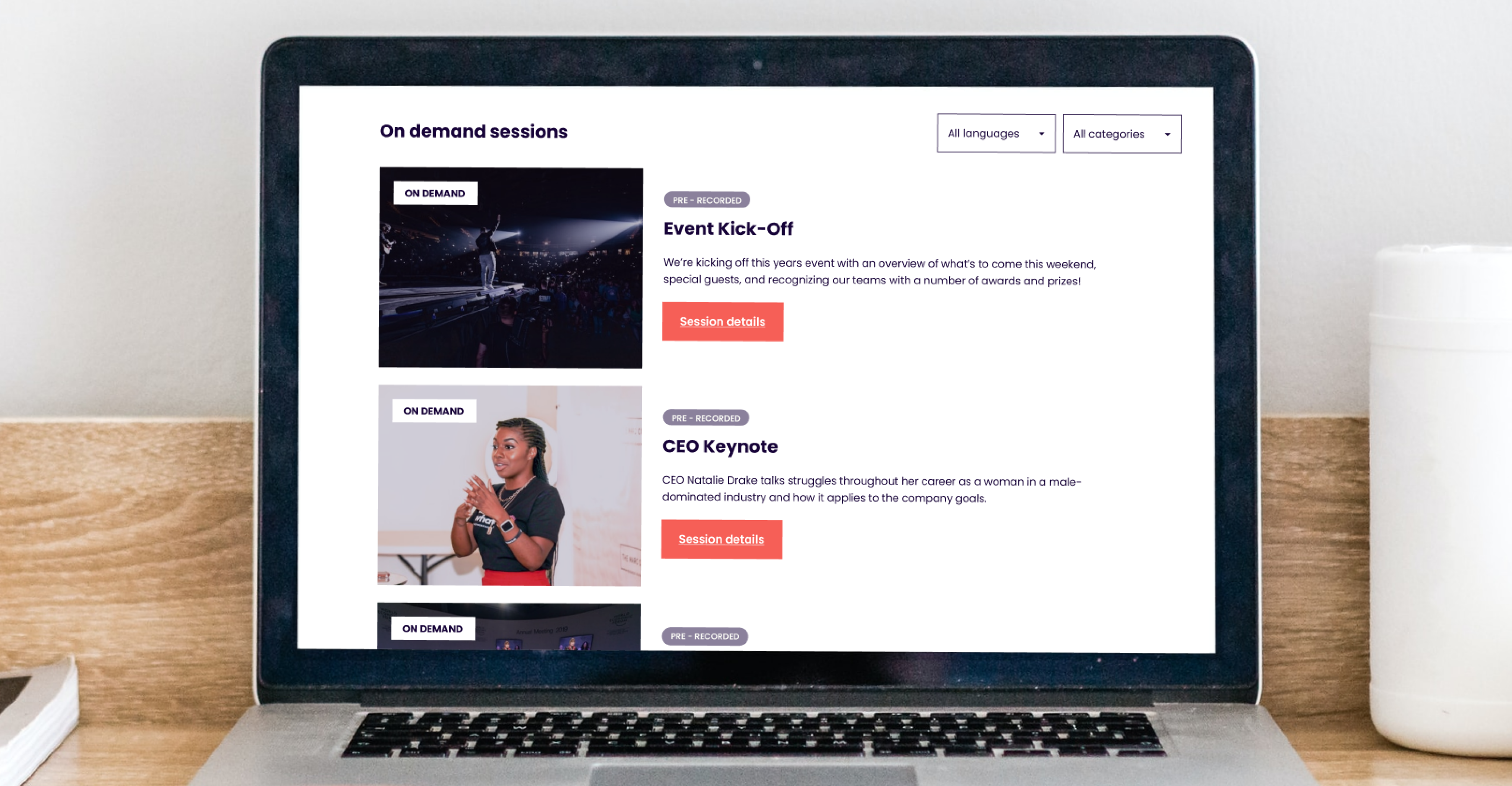When it comes to selecting a format for your virtual or hybrid event, familiarity is a good thing.
People are better prepared to focus on and receive your important messages if the presentation format is a familiar one. That’s why virtual event producers often utilize well-established TV show formats — such as one-on-one interviews, roundtable and panel discussions, live debate, even commercial breaks — for their virtual and hybrid events. Audiences “get” the premise immediately, know what to expect, and are ready to pay attention.
One of the most popular types of virtual events is the TV-style broadcast, like you’d see on Netflix or any other streaming service — for many good reasons.
Aside from being a familiar content genre, a TV-style broadcast gets its essential message to viewers by telling a story, engaging people’s feelings, and being accessible and re-watchable.
So, is a TV-style streaming virtual or hybrid event right for you?
To help you find out, we’ve put together five questions to ask yourself to help guide your decision-making.
The hallmarks of the TV-style broadcast — creative, styled to stand out, and worth rewatching — make it an attractive choice for hybrid or virtual events that want to deliver content in a memorable, impactful way. Weigh your event’s strategic goals against your answers to these questions, and you’ll know whether or not your next event should tell your story in front of a live dispersed (rather than studio) audience.






























